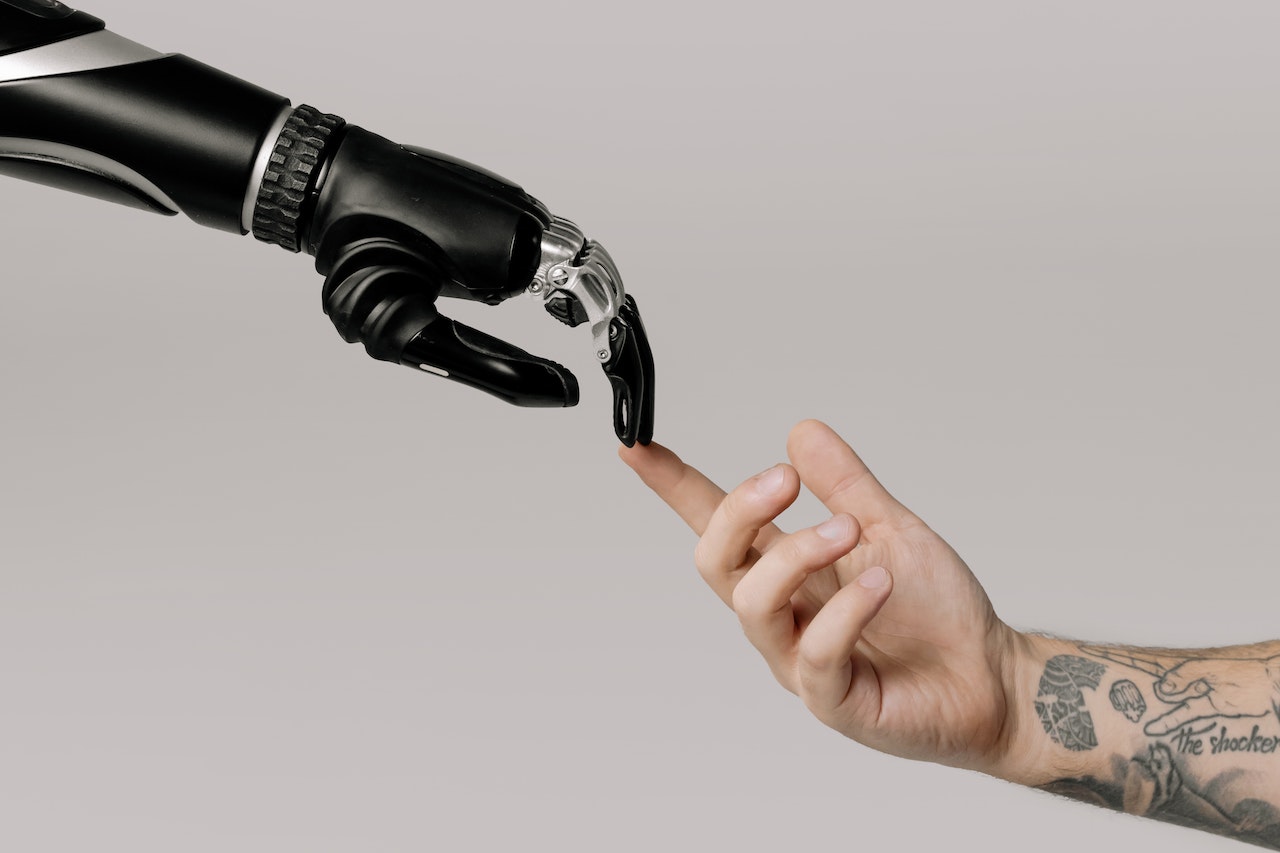Discover how AI is revolutionising UX and UI design processes, increasing business efficiency, and enhancing designers creativity.
In today’s fast-paced digital landscape, user experience (UX) and user interface (UI) design play a pivotal role in capturing users’ attention and driving engagement. However, the traditional design process can be time-consuming and resource-intensive.
This is where the power of Artificial Intelligence (AI) comes into play, revolutionising the way designers approach their work. By leveraging AI, designers can unlock efficiency, streamline workflows, and deliver exceptional experiences to users.
In this article, we will explore how AI is transforming the UX and UI design processes, enabling designers to create more efficiently while maintaining their creative edge.
AI-powered Automation: Efficiency at its Core
AI has the potential to automate various aspects of the UX and UI design processes, enabling designers to work smarter and more efficiently. By leveraging machine learning algorithms, AI tools can analyse vast amounts of data, identify patterns, and generate design recommendations. These tools can automate repetitive tasks, such as generating wireframes, creating design layouts, and even conducting usability testing.
Enhancing Creativity through AI-driven Insights
While automation may sound like a threat to creativity, AI actually complements and enhances designers’ creative capabilities. AI-powered tools can provide designers with valuable insights and inspiration, helping them explore new design possibilities. By analysing user behaviour and preferences, AI algorithms can suggest design elements, colour palettes, and typography choices that resonate with the target audience. This synergy between human creativity and AI-driven insights empowers designers to make data-informed decisions while maintaining their unique creative touch.
The Benefits of AI in UX and UI Design

Time-saving Efficiency
AI automation reduces manual efforts, enabling designers to focus on high-level creative thinking and problem-solving.
Enhanced User Insights
AI-driven data analysis helps designers gain deeper insights into user behaviour, preferences, and pain points, leading to more informed design decisions.
Iterative Design and Rapid Prototyping
AI-powered tools can generate multiple design variations quickly, facilitating rapid prototyping and iteration.
Personalised User Experiences
AI algorithms can tailor user experiences based on inividual preferences and behaviours, enhancing user satisfaction and engagement.
Increased Design Consistency
AI-powered style guides and design systems ensure consistency across different platforms and devices, strengthening brand identity.
Implementing AI in UX and UI Design Processes

To effectively implement AI in UX and UI design processes, consider the following steps:
Define Goals and Objectives
Clearly define the problems you aim to solve through AI automation and identify the specific design tasks that can benefit from AI.
Research and Select AI Tools
Explore the AI tools available in the market that align with your design goals. Consider factors such as accuracy, ease of integration, and compatibility with your existing design tools.
Integration and Training
Integrate the selected AI tools into your design workflow and provide necessary training to designers to maximise the benefits of AI automation.
Collaboration between AI and Designers
Foster collaboration between AI and designers, allowing designers to provide feedback and fine-tune the AI-generated recommendations to align with their creative vision.
Conclusion
AI is revolutionising the UX and UI design processes, unlocking efficiency, and empowering designers to create exceptional digital experiences. By leveraging AI-powered automation and insights, designers can streamline workflows, gain valuable user insights, and enhance their creative capabilities.
Embracing AI in the design process not only increases efficiency but also enables designers to focus on strategic thinking and delivering remarkable user experiences. As AI continues to evolve, designers and businesses that embrace this technology will stay ahead of the curve and thrive in the ever-changing digital landscape.



